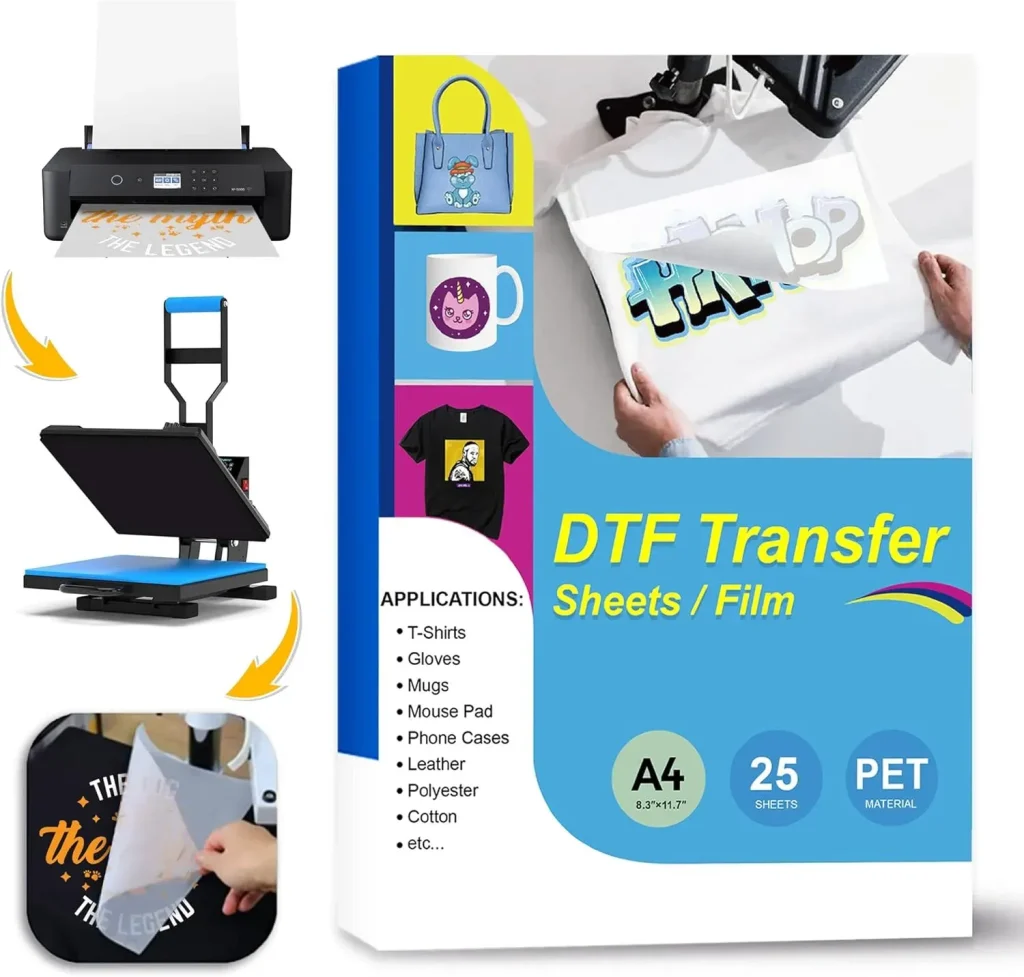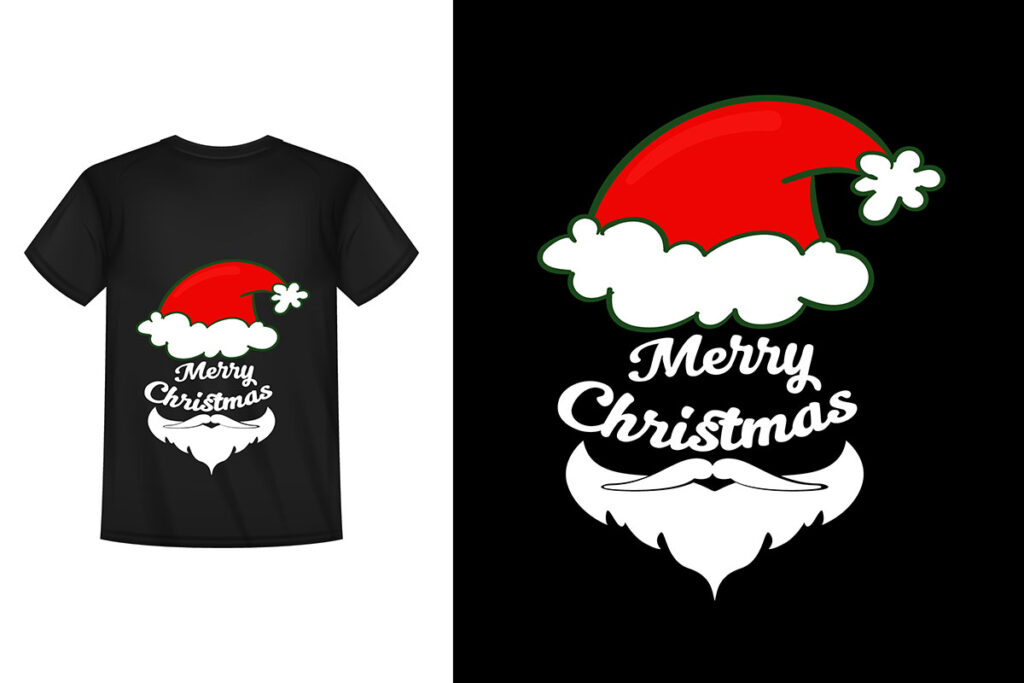DTF transfer paper is a game-changer in the world of fabric printing, providing an efficient and versatile option for transferring designs onto textiles. As the demand for high-quality prints continues to rise, choosing the best DTF transfer paper becomes essential for achieving stunning results. With various options available, understanding crucial factors such as base material, heat resistance, and adhesive quality is vital for making an informed decision. This guide will help navigate the intricacies of DTF printing, ensuring you select a transfer paper that meets your specific needs and enhances your print quality. Explore the endless possibilities of DTF transfer paper and elevate your crafting projects to the next level.
Direct-to-Film (DTF) transfer solutions have transformed the textile printing industry, allowing for a streamlined approach to design transfer. Many crafters and small business owners are exploring various print mediums, often comparing DTF with other printing methods. When selecting the right transfer medium, understanding your options and considering factors such as print durability and design fidelity is paramount. Whether you refer to it as DTF paper or film, the importance of choosing high-quality materials cannot be overstated. By delving deeper into transfer paper comparisons, creatives can make informed choices that lead to captivating print creations.
Understanding DTF Transfer Paper Basics
Direct to Film (DTF) transfer paper is a specialized medium designed for printing vibrant designs that can be heat transferred onto textiles. It opens the door to creative possibilities in the textile industry, enabling users to achieve impressive print quality on various fabric types. Knowing the essentials about DTF transfer paper, including its composition and purpose, is the first step towards successful printing projects.
Typically, DTF transfer paper consists of a translucent film combined with a high-quality adhesive backing that allows for lasting adhesion once heat is applied. When opting for DTF printing, understanding the characteristics of this paper — such as glossy vs. matte finishes and their compatibility with different inks — plays a vital role in achieving the desired aesthetic and durability.
Key Features of the Best DTF Transfer Paper
When searching for the best DTF transfer paper, several features should be at the forefront of your decision-making process. Look for papers that offer strong adhesive properties, excellent durability, and exceptional opacity for color vibrancy. Papers that are designed for compatibility with various printer types will ensure the print and transfer process runs smoothly, yielding a professional-grade finish.
High-quality DTF papers excel in retaining the print’s integrity during washing and wear, reducing the likelihood of peeling or fading over time. Additionally, papers touted for their high color transfer rates will ensure your designs remain eye-catching and true to their original digital versions. In the competitive world of DTF printing, prioritizing these key features can make a significant difference.
Choosing Transfer Paper: Factors to Consider
Selecting the right transfer paper for your DTF projects involves considering several critical factors that can influence your results. First and foremost, the fabric type you will use must align with the specifications of the DTF transfer paper. For instance, while some papers perform optimally on synthetic fabrics, others are crafted specifically for cotton or blends, which enhances adhesion and print quality.
Equally important is the paper’s heat and pressure tolerance. If your production involves high temperatures, ensure the paper you choose can withstand such conditions without compromising the print or fabric. Familiarizing yourself with these characteristics can streamline your selection process and enhance your final product’s quality.
Transfer Paper Comparison: Pricing and Brands
When comparing DTF transfer papers, consider both pricing and brand reputation. While it may be tempting to choose lower-cost options, remember that the quality of the paper can be just as significant. Some inexpensive papers may fail to deliver adequate adhesion or vibrant color output, leading to additional costs in wasted materials and time.
Investing in well-reviewed brands often pays off in the long run, as reputable manufacturers typically provide consistent quality backed by performance guarantees. Exploring various brands through user reviews and comparisons can help you find a balance between affordability and quality, ensuring your DTF printing projects achieve the desired professional finish.
Optimizing Print Quality with DTF Transfer Paper
Achieving optimal print quality in DTF printing is largely dependent on the choice of transfer paper. Selecting a paper with the right coating can significantly affect how colors transfer from the printer to the substrate. Users need to understand that different papers may react differently to various ink types, which can impact vibrancy and clarity.
Additionally, the print settings on your printer must align with the characteristics of the DTF transfer paper to maximize output quality. Fine-tuning settings such as resolution and color profiles according to the specifications on the paper packaging can result in sharper, professionally finished designs that truly pop when transferred onto fabric.
Recent Trends in DTF Transfer Paper Innovations
Advancements in DTF transfer paper technology are continually shaping the crafting and textile industries. With an increasing demand for sustainability, many manufacturers are now producing eco-friendly options that utilize recycled materials or less harmful chemicals in their substrates and coatings. These innovations allow crafters to indulge their creativity while reducing their environmental footprint.
Moreover, newer product lines frequently incorporate enhanced features such as improved adhesive qualities and heat resistance, further expanding the capabilities of DTF printing. Keeping abreast of these trends can significantly benefit creators looking to harness the latest technologies for their projects, ensuring they have the best tools at their disposal.
Frequently Asked Questions
What should I look for when choosing the best DTF transfer paper?
When selecting the best DTF transfer paper, consider the base material compatibility, heat resistance, opacity, color transfer quality, and adhesive strength. Reviewing product specifications and user feedback can help you identify the most suitable paper for your projects.
How does the base material of DTF transfer paper affect print quality?
The base material of DTF transfer paper plays a significant role in print quality. Papers optimized for specific fabrics, such as cotton or polyester blends, enhance color vibrancy and adhesion, ensuring that your prints look sharp and last longer.
What is the importance of heat resistance in DTF transfer paper?
Heat resistance is crucial in DTF transfer paper as it determines the paper’s ability to withstand high temperatures during the transfer process. Opting for papers that can endure temperatures above 300°F (150°C) will prevent issues like color bleeding and poor adhesion, improving overall print quality.
How do I assess the opacity and color transfer quality of different DTF transfer papers?
To gauge opacity and color transfer quality, look for DTF transfer papers with high opacity ratings and read user reviews that discuss color vibrancy and sharpness on various fabrics. Testing samples can also provide practical insights into the materials’ performance.
Are there specific printers that work best with DTF transfer paper?
Yes, certain DTF transfer papers are optimized for specific printer models, such as Epson or Brother. Before purchasing, ensure that the paper is compatible with your printer type and ink to avoid any printing issues and achieve the best results.
How do I evaluate transfer paper comparison among different DTF options?
To conduct a transfer paper comparison, review user ratings, expert reviews, and comparison guides that highlight key features like adhesive quality, heat resistance, and printability. Engaging with crafting communities and forums can provide personal insights on the performance of various DTF transfer papers.
| Key Consideration | Description |
|---|---|
| Base Material | Choose paper optimized for the fabric—polyester for synthetic blends and cotton for cotton garments. |
| Heat Resistance | Look for papers that can withstand temperatures above 300°F (150°C) to prevent issues like color bleeding. |
| Opacity and Color Transfer Quality | High opacity is essential for vibrant colors, especially on dark fabrics. Check specifications and reviews. |
| Printability | Ensure compatibility with your printer; different brands may perform differently with specific inks. |
| Adhesive Quality | Choose papers known for strong adhesives to enhance print durability and resistance to wear. |
| Size and Weight | Select the right dimensions and weights based on specific project requirements; this impacts the final fabric feel. |
| Eco-Friendly Options | Look for sustainable DTF papers to reduce environmental impact while still ensuring quality. |
| User Reviews | Research user feedback on different papers to make informed decisions based on real-life experiences. |
Summary
DTF transfer paper is essential for achieving high-quality prints in textile and crafting projects. By understanding key factors like base material, heat resistance, printability, and adhesive quality, users can choose the best DTF transfer paper that meets their specific needs. As trends evolve, including the rise of eco-friendly options, it’s important for enthusiasts to stay informed through community insights and reliable resources. With the right DTF transfer paper, your projects can perfectly reflect your creativity and craftsmanship.



